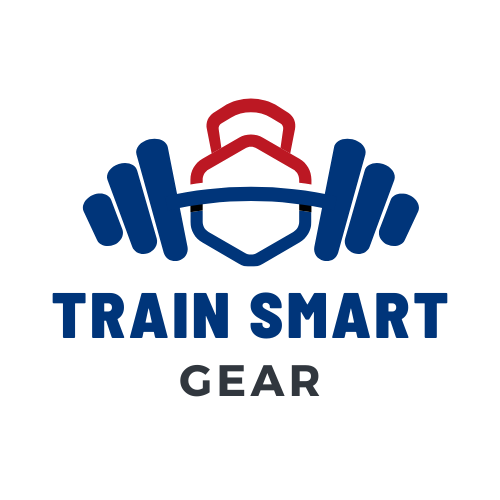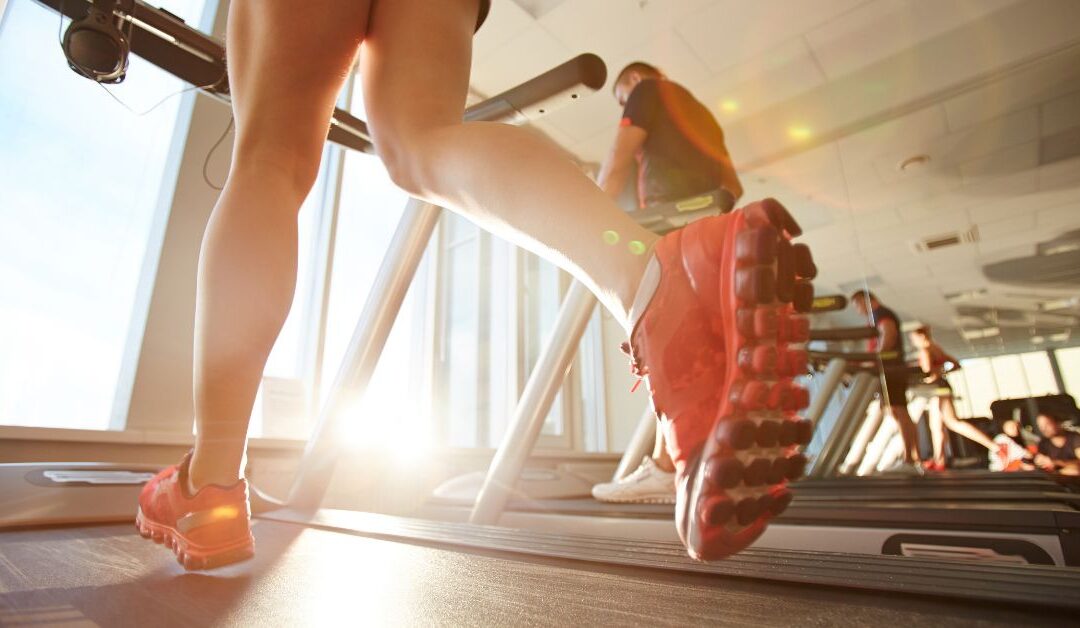In the competitive world of athletics, talent alone isn’t enough. Success comes from training smarter, not just harder. By integrating evidence-based practices, athletes can improve sports performance, reduce injury risk, and build sustainable progress. This article takes a science-backed approach to performance training, focusing on how to apply research and tools for real results.
The Science of Sports Performance
Strength Training for Power
Studies consistently show that resistance training increases speed, agility, and endurance. Incorporating compound lifts like squats, deadlifts, and presses helps athletes develop the power needed for explosive movements.
Cardio Equipment for Conditioning
Interval training on rowers, treadmills, or air bikes develops aerobic and anaerobic capacity. This balance of endurance and sprint ability is critical for sports ranging from soccer to basketball.
Balance & Stability for Injury Prevention
Sports demand quick direction changes and stability under pressure. Balance drills, single-leg exercises, and tools like BOSU balls reduce the likelihood of ankle and knee injuries.
Flexibility & Mobility for Longevity
Dynamic warm-ups and mobility routines improve range of motion and reduce soft-tissue injuries. Research highlights mobility as one of the most overlooked aspects of training.
Key Components of Smarter Training
Functional Fitness
Sports movements rarely isolate muscles. Functional training — exercises that mimic game demands — ensures strength transfers to performance. Think rotational medicine ball throws or sled pushes.
Core & Pilates Integration
A stable core enhances power transfer from the lower to the upper body. Pilates-inspired drills improve spinal alignment and strength endurance.
Recovery Tools
Foam rollers, massage guns, and compression devices are backed by studies showing reduced muscle soreness and improved recovery timelines. A highly effective option is the Mini Muscle Massage Gun, which provides targeted deep-tissue relief in a portable format. Athletes use it to accelerate recovery and maintain peak performance during demanding training cycles.
Technology in Sports Performance
Wearables provide valuable data on heart rate, recovery, and workload management. Athletes now train with real-time feedback, making adjustments to avoid overtraining.
Practical Steps for Athletes
- Periodize Your Training: Alternate between phases of strength, power, and conditioning to maximize adaptation.
- Integrate Tech: Use fitness trackers or smartwatches to monitor load and recovery.
- Prioritize Recovery: Treat recovery as training — schedule active recovery days with yoga, mobility, and mindful movement.
- Cross-Train: Mix cardio, resistance, and outdoor sessions to build a well-rounded athlete.
- Evaluate New Arrivals: Stay updated on gear innovations, from smarter recovery tools to performance-tracking wearables.
Performance Routine
- Warm-Up: 10 minutes of mobility drills + dynamic stretches.
- Strength Block: 4×6 squats, 4×6 bench press, 3×8 pull-ups.
- Conditioning Block: 6×200m sprints on a treadmill or rower.
- Core Training: Plank variations + rotational drills.
- Cool Down: Foam rolling + targeted recovery with a Mini Muscle Massage Gun.
Enhancing sports performance requires more than sweat — it requires science. By blending strength, cardio, mobility, and recovery with the right tools and technology, athletes can maximize potential while minimizing risk. Incorporating recovery aids like the Mini Muscle Massage Gun ensures faster recovery and sustained progress. Training smarter ensures not just peak performance today but long-term athletic success. Ready to compete at a higher level?
Explore our related articles on Functional Fitness and Recovery Tools to refine your edge.

